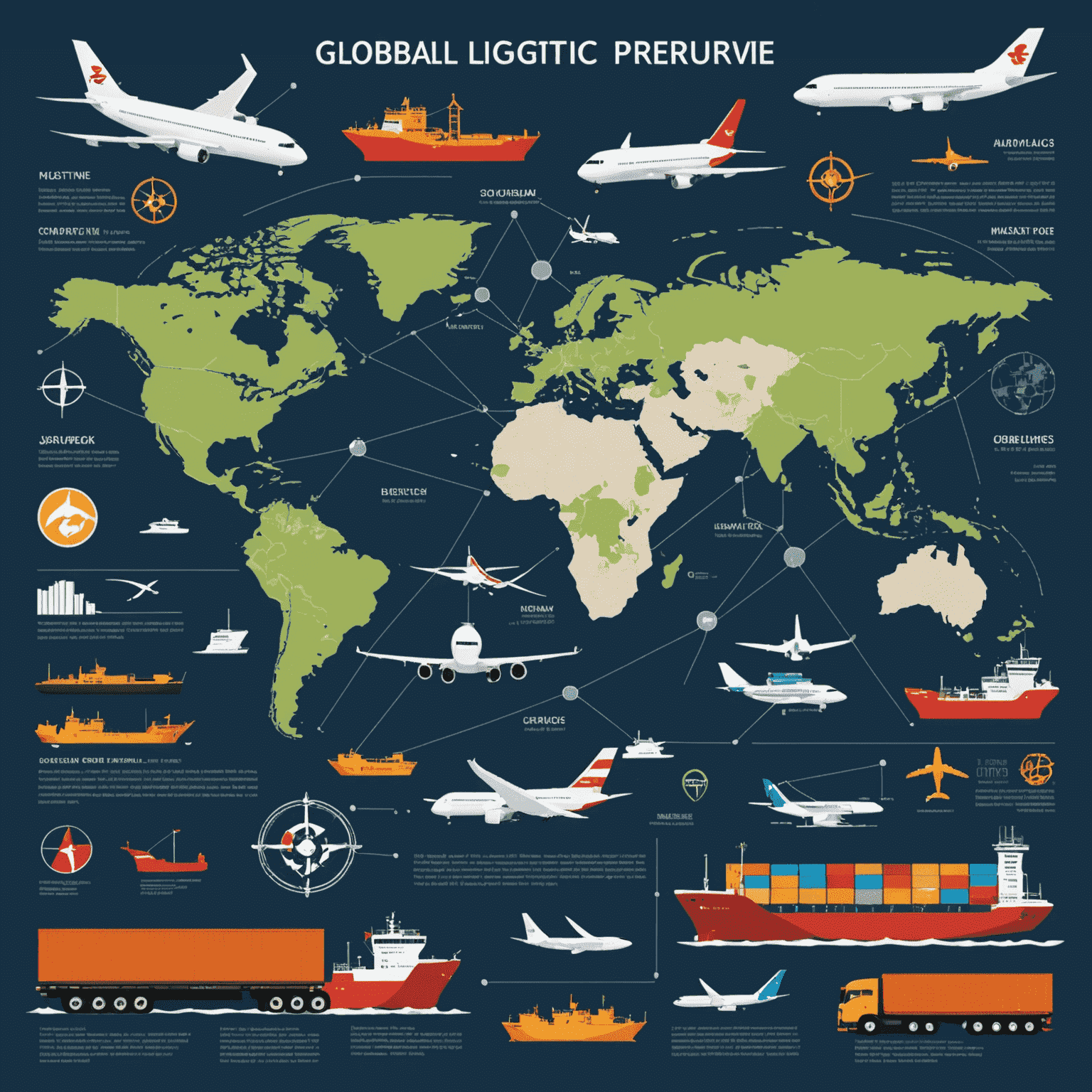Cross-Border eCommerce: Expanding Your Global Reach

In today's interconnected world, cross-border eCommerce presents unprecedented opportunities for businesses to expand their reach and tap into new markets. However, this global expansion comes with its own set of challenges and considerations. Let's explore the key aspects of selling internationally and how you can navigate them successfully.
Logistics: The Backbone of International Sales
Efficient logistics are crucial for cross-border eCommerce success. Consider the following:
- Partner with reliable international shipping providers
- Optimize your packaging for international transit
- Understand and comply with customs regulations in target countries
- Offer real-time tracking to enhance customer experience

Payment Methods: Catering to Local Preferences
Different regions have varying preferences for payment methods. To maximize conversions:
- Offer a variety of payment options including credit cards, digital wallets, and local payment systems
- Display prices in local currencies
- Consider partnering with local payment gateways for smoother transactions
Cultural Considerations: Tailoring Your Approach
Understanding and respecting cultural nuances is key to international success:
- Localize your website content, including product descriptions and marketing materials
- Be aware of cultural sensitivities and taboos in different markets
- Adapt your customer service approach to meet local expectations
- Consider local holidays and shopping seasons for promotions

Legal and Regulatory Compliance
Navigating the legal landscape of international eCommerce is crucial:
- Understand and comply with data protection regulations like GDPR
- Be aware of product restrictions and certifications required in different countries
- Consider the implications of international tax laws and duties
Technology and Infrastructure
Robust technology is the foundation of successful cross-border eCommerce:
- Ensure your eCommerce platform can handle multiple currencies and languages
- Implement geolocation technology to provide personalized experiences
- Use analytics tools to gain insights into international market performance

Conclusion: Embracing Global Opportunities
Cross-border eCommerce offers exciting possibilities for growth and expansion. By carefully considering logistics, payment methods, cultural factors, legal requirements, and technological needs, you can successfully navigate the challenges of international sales and unlock new revenue streams.
Remember, expanding globally is a journey. Start with thorough market research, test your approach in select markets, and be prepared to adapt and evolve your strategies. With the right preparation and mindset, your business can thrive in the global marketplace.
Stay tuned for more insights on global eCommerce strategies and join us at the upcoming Retail Tech Congress to learn from industry leaders and innovators.